Main content starts here.
Foreign Languages > Chiba International Information Square - To foreign residents - > Chiba Nanohana News > Chiba Nanohana News (Past Issues) > Chiba Nanohana News (March 2021)
Update: March 19, 2024
Chiba Nanohana News (March 2021)
Index
I. News II. Charm of Chiba III. Exhibitions and Concerts
I. News
1) A State of Emergency has been Extended
As of March 5th, it’s been eight weeks since a state of emergency was declared in January.
However, the number of new coronavirus cases in Chiba Prefecture has ceased to fall since mid-February, and the situation remains severe (Bed occupancy rate of COVID-19 patients on March 3rd: 51%; National average; 22%).
The state of emergency has been extended until March 21st in four prefectures, including Chiba Prefecture. We are asking the residents of Chiba Prefecture for their continued cooperation in the following points:
- Please refrain from nonessential outings. In particular, please do not go out after 8.pm. unless it is absolutely necessary.
- Wear a mask when speaking, socially distance yourself from others, wash and disinfect your hands, and follow all essential ountermeasures.
- Try not to have conversations while eating. Please wear a mask if you do so.
- Please wear a mask or face shield when singing karaoke.
- Please avoid participating in any festivals or parties.
2) Disaster Preparedness
It’s been 10 years since the Great East Japan Earthquake struck Japan on March 11th 2011. It was the most unprecedented natural disasters in modern Japanese history. The earthquake and following tsunami caused enormous damage and confusion throughout the country.
Japan is one of the most earthquake-prone countries in the world. Since we will never know when a big earthquake can occur, it is vital to be prepared Daily in order to minimize the damages that can be caused by a natural disaster. Please go over how to protect yourself in the case of an emergency.
■If an Earthquake Strikes
1.Pre-Earthquake Warning
A warning notification will be sent out before an earthquake is about to strike.
Make sure to ensure your safety in this short amount of time before the earthquake strikes.
2.Earthquake
Crouch under a table or desk and wait until the shaking stops.
3.When the Shaking Stops
Evacuate immediately if you are in an area susceptible to tsunamis or mudslides.
Put out any fires and open your doors and windows to ensure a route of escape.
4.Evacuation & Checking on the Safety of your Family
Check accurate information on the radio or other form of communication, and if your house is in danger of collapsing, evacuate immediately. Put on your shoes, prepare your emergency kit, and evacuate on foot. Make sure to turn off your circuit breaker before you evacuate.
Confirm your family's safety. If possible, avoid using your phone, and use a disaster messaging service instead.
Disaster Emergency Message Dial <171>![]()
Mobile phone version of Disaster Emergency Message Dial
- NTT DoCoMo (Japanese)

- NTT DoCoMo (English)

- au (Japanese)
- au (English)
- Softbank (Japanese)

- Softbank (English)

- Y!mobile (Japanese)

◇Tsunami
Since Chiba Prefecture is surrounded by water on three sides , there is also the risk of a tsunami in the event of an earthquake.
<What You Should Know about Tsunamis>
1.In the event of a strong earthquake or a weak earthquake with prolonged aftershocks, make sure to leave the beach as soon as you can and evacuate to a high place.
2.Even if you don't feel an earthquake, evacuate immediately if a tsunami warning is sent out.
3.Tsunami waves hit repeatedly, so continue evacuating until the tsunami warning is lifted.
■ Daily Preparations
◇Preparing Stockpiled Goods
Buy more food than usual and eat them from oldest to newest. Replenish used items. You can heat food with a cassette stove.
【Example of stockpiled goods】
Water (3L per person a day for a week), cassette stove, cassette cylinder, food (rice, cup noodles, retorts, snacks, etc.), Handheld radio, cellphone battery, flashlight, Essential medication, etc.
【Example of emergency goods】
water, emergency food, cellphone batteries, flashlight, helmet, essential medication, cash, towel, change of clothes, mask, rainwear, etc.
◇Earthquake Resistance and the Securing of Furniture
If you live in an old or wooden building or reclaimed land, be sure to conduct a seismic inspection and strengthen your building's earthquake resistance. Make sure your large furniture is securely placed. Avoid placing large furniture in bedrooms or children's rooms. Place your furniture so that it does not obstruct evacuation.
◇Confirming Dangerous Locations and Evacuation Centers
Make sure to know locations susceptible to flooding or mudslides in the event of a tsunami by checking your municipality's hazard map. Find safe roads and evacuation shelters to ensure you can evacuate safely. The location of the evacuation shelter may change in the event of a tsunami or heavy rains.
■ Disaster Prevention Information
◇Chiba Prefecture disaster prevention portal site (in Multiple Languages)![]()
◇“Safety Tips” (a tap-enabled information alert app for international visitors in Multiple Languages)
◇Multilingual Emergency Updates (NHK WORLD-JAPAN)![]()
You can get emergency information in multiple languages at the push notification when disaster strikes.
II. Charm of Chiba
1)Prefectural-designated Cultural Property: Emaki of S.S. Hermann’s Shipwreck off the Katsuura Coast
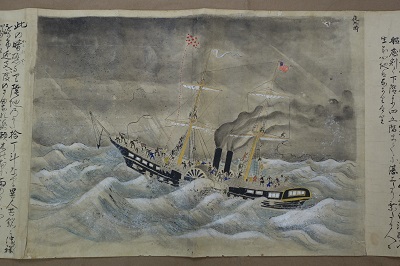
It has been decided that three artifacts will be designated as cultural properties by Chiba Prefecture this year on February 19. We will introduce one of them, which is an emaki about the shipwreck of the S.S. Hermann, an American steamship departing for Oshu off the coast of Katsuura in the 2nd year of Meiji.
An “emaki,” also known as a picture scroll, is a type of Japanese painting. It is a long scroll made of paper, silk, or linen that is connected horizontally, forming a long picture. Emaki express different scenes or stories in succession. Many emaki also have explanatory text which appears alternately with the pictures.
This emaki describes the incident of S.S. Hermann, an American steamship, which ran aground off the coast of Katsuura in Chiba Prefecture in 1869. This caused 208 people to drown, leaving 141 survivors.
The emaki was discovered in 2010 at the residence of a descendant of a Kumamoto clansman who was aboard the S.S. Hermann. It has 15 scrolls, and is 41.5cm long and 583cm wide. Its pictures depict the story of the night the ship became stranded until its rescue the next morning. This emaki is considered to be a valuable historical document because it tells the situation of the events that occurred in Chiba Prefecture during the upheaval of the Meiji Restoration, and is designated as a cultural property by the Prefecture.
<The S.S. Hermann Incident>
Although Japan’s new Meiji government was established in 1867, the old Shogunate forces continued to resist in Hakodate, Hokkaido. The new Meiji government side hired the American ship, S.S. Hermann, in order to subdue the old Shogunate forces, and they left Tokyo with American sailors on February 13, 1869. However, that night, the S.S. Hermann ran aground and sank after encountering a heavy storm off the coast of Kawazu, Katsuura City, Chiba Prefecture. Despite the Kawazu residents’ rescue efforts, more than 200 people died.
Chiba Prefecture’s Designated Historical Site, Kangunzuka
A monument was erected in the 11th year of Meiji (1878) as a memorial service for the victims, which is today’s Kangunzuka in Katsuura City. After this, Kangunzuka was designated as a historical sight by the Prefecture in 1963, and has been consolidated into a present-day park. The people of Kawazu district have continued to memorialize the victims for about 150 years since the incident.
<Japan-U.S. Relations>
To develop their relationship with America, local volunteers from Katsuura formed the “Bringing S.S. Hermann to the World Stage Association” in September of 2011. From this, promotion of public relations advanced, and a memorial service held on the day of the S.S. Hermann’s sinking was decided. In February of 2012, the first Herman memorial service took place. Since then, a service has been held every year with the attendance of the U.S. embassy and those related to the survivors.
2) Chiba’s Beef
Have you ever heard of “Chiba the Beef?” Beef production in Chiba Prefecture is flourishing, with around 260 farmers raising about 30,000 beef cattle.
In Chiba Prefecture, beef producers focus on a variety of means to feed and raise their cattle, creating a balance of Kuroge Wagyu, also known as Japanese Black Wagyu beef, dairy cows, and hybrid beef. These brands of beef produced in Chiba Prefecture are unified under the name “Chiba the Beef.” Each one is delivered to consumers as delicious brand-name beef. There are many ways to enjoy beef from Chiba, like beefsteak, hamburg, sukiyaki, shabu-shabu! Why don’t you give Chiba’s mouth-watering beef a taste?
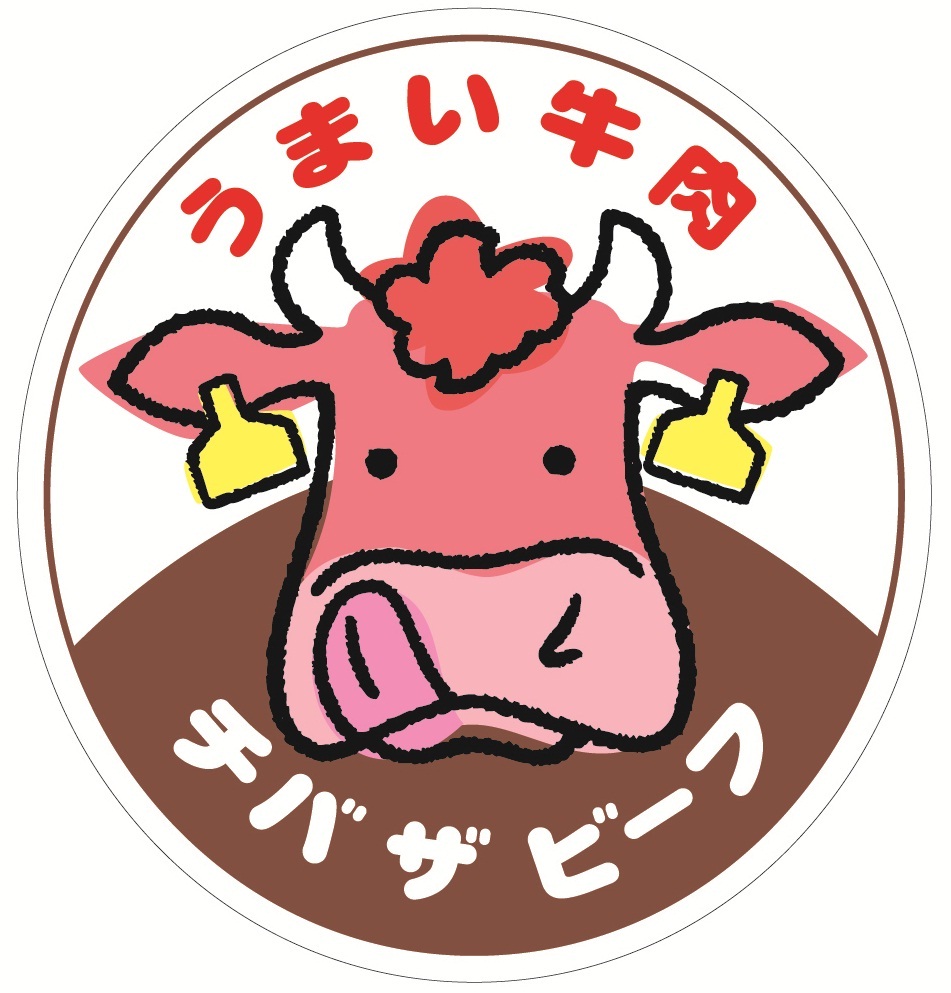
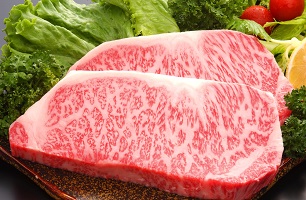
Brands of “Chiba the Beef”
"Kazusa Wagyu Beef" (Kuroge [Japanese Black] Wagyu Beef)
- Place of production: Throughout the Prefecture
- Characteristics: Vibrant color, fine-grained tenderness, and rich juices from the fat are what makes this beef so appealing.
"Miyazawa Wagyu Beef" (Kuroge [Japanese Black] Wagyu Beef) / "Miyazawa Beef" (Hybrid Beef)
- Place of production: Tonosho Town, Katori District
- Characteristics: The excellent pedigree and deep affection for the cows result in beef that is firm, fine, and full of flavor.
"Shiawase Manten Beef" (Kuroge [Japanese Black] Wagyu Beef)
- Place of production: Asahi City, Choshi City, Sosa City, Katori City, Tonosho Town, and Narita City
- Characteristics: Feed containing vitamin E and other ingredients to keep the cows healthy are used, producing tasty and flavorful beef.
There is also “Shiawase Kizuna Beef,” “Chiba Wakashio Beef,” “Nice Beef,” “Yachiyo Black Beef,” “U-no-hana Beef,” “Hokuso Wagyu Beef,” “Senba Wagyu Beef,” “Kogo Farm Beef,” among others!
A list shops where you can buy or eat Chiba beef can be at the homepage links below.
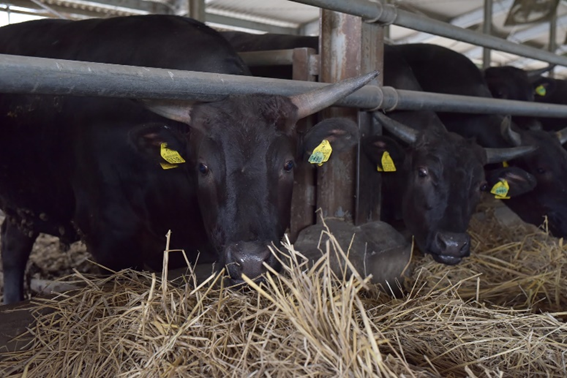
<The History of Beef Cattle>
Because of Buddhism’s influence in Japan, eating meat wasn’t very popular and cattle were raised only for agricultural purposes. After the ban on eating meat was lifted since the Meiji era (1868), several European cattle breeds have crossbred with native ones, and cattle breeding and the improvement of meat has mainly been carried out in the Chugoku region since the early Taisho era (around 1915).
Until about 1945, many cattle were used for both farming purposes and for their meat. However, from around 1955, agricultural mechanization progressed and the need for farming cattle decreased dramatically.
After this, wagyu beef started to improve as a breed of meat with good marbling and quality.
Thus, the Kuroge Washu breed was born. Black-haired Kuroge Washu cattle have a slightly brownish coat, but some calves have a lighter brown coat. Kuroge Washu beef is excellent, quality meat and accounts for over 90% of Japan’s wagyu beef. Wagyu beef, which is also famous overseas, generally refers to Kuroge Washu beef.
Nowadays, the use of the meat from male dairy calves, and crossbreeding of Holstein females with Kuroge Washu cattle is widely practiced. Chiba Prefecture accounts for about 25% of Kuroge Washu cattle, and as a dairy farming prefecture, about 75% of dairy cattle and hybrids, 60% of them being hybrids in particular.
- Beef Catalog / Chiba Prefecture (Japanese)
- Umai Beef, Chiba the Beef / Chiba Prefecture (Japanese)
- Chiba the Beef Homepage (Japanese)

III. Exhibitions and Concerts
1) Chiba Art Festival 2021 Now Accepting Submissions!
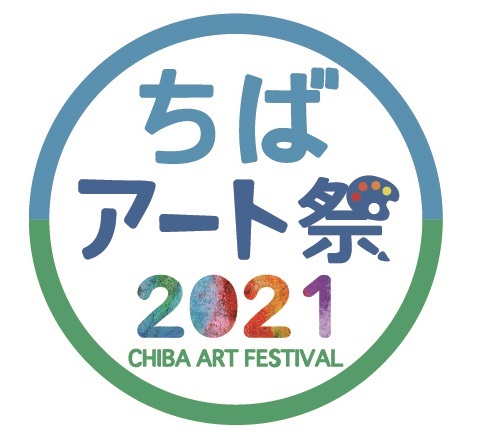
Chiba Prefecture’s Chiba Art Festival 2021 will be held this year from Saturday, July 31 to Sunday, September 5. Submissions of art and photographs which contain the theme of “Chiba Cultural Assets,” are now being accepted for the event. “Chiba Cultural Assets” are things that characterize the charm of Chiba’s rich and diverse culture, selected from the participation of the Prefecture’s residents, with the aim of reaffirming Chiba’s cultural appeal. “Chiba Cultural Assets” are not limited to traditional things and include a variety of landscapes, events, festivals, etc. There are 111 of them!
<Submissions for Artwork & Photos Public Exhibition>
Theme: Anything related to the 111 “Chiba Cultural Assets” (original works inspired by “Chiba’s Cultural Assets” are also acceptable
Deadline: Must arrive by Monday, May 10
Three categories:
1.Instagram
-
How to enter: Please post to Instagram following these procedures:
1) Follow the Chiba Art Festival’s official Instagram account: @chibaartfes
2) Please post your photo with the hashtags #chibaartfestival2021application (free size)
2. Artwork
- Artwork size: Canvas size F15 (652mm x 530mm), or drawing paper starting from postcard-size (100mm×148mm) not exceeding octavo format (392mm×271mm)
- Art medium: Free of choice, but must remain flat (oil paints, watercolor, pencil, print, digital painting, etc.)
- How to enter: By mail (digital artwork can be sent via the submission form on the official website)
3. Photo
- Size: A4 (photos printed at the executive office will be exhibited)
※9,000,000 pixels (2,516px×3,544px) or more is recommended - Type: Free of choice (monochrome, color, digital, film, etc.)
- How to enter: Via the submission form on the official website (by mail is also O.K.)
The Governor’s Award and other prize-winning works will be selected in June. The winners will receive a certificate and a commemorative gift (including an assortment of products related to “Chiba Cultural Assets”).
In principle, all submissions will be exhibited in the 7th Exhibition Room of the Chiba Prefectural Museum of Art from Tuesday, August 3 to Sunday, August 15. For the Instagram category, only the prize-winning works will be exhibited.
- Chiba Art Festival 2021 Official Website

- Chiba Art Festival 2020 Online Art Museum
 (you can see last year’s artworks and submissions)
(you can see last year’s artworks and submissions) - Chiba Cultural Assets
- Inquiries:Chiba Prefecture Cultural Promotion and Citizens’ Life Affairs Division, TEL: 043-223-2408
